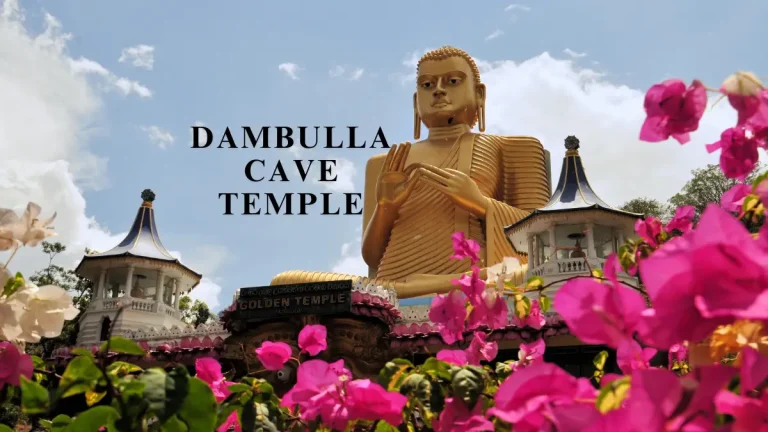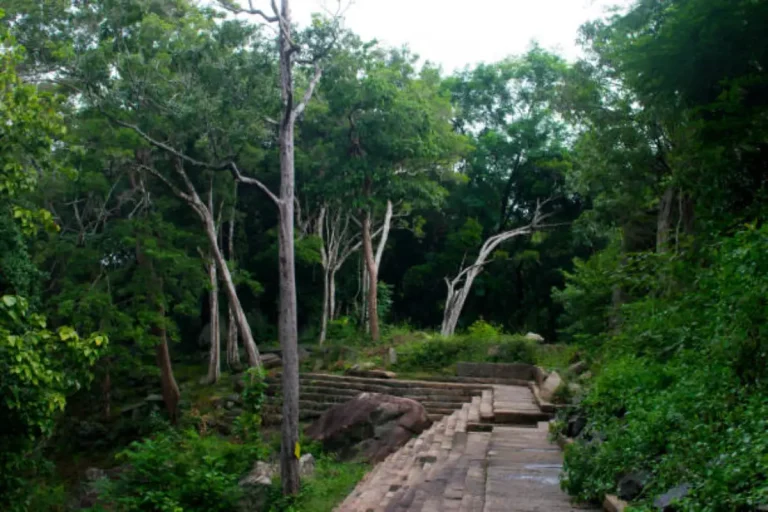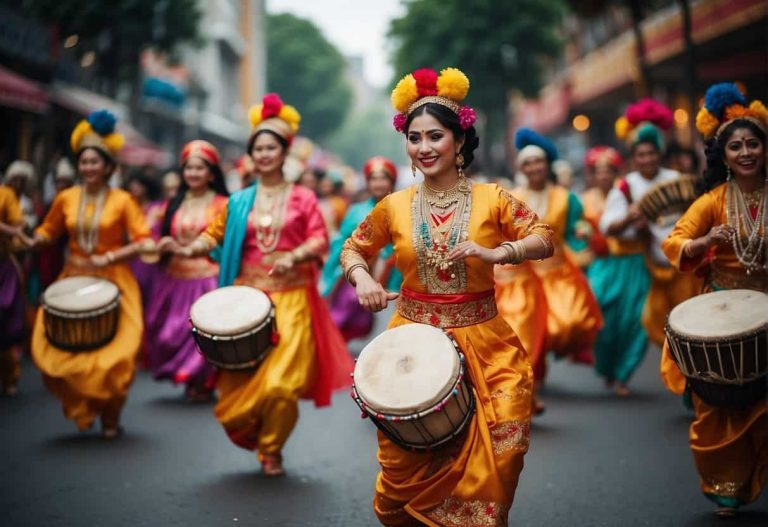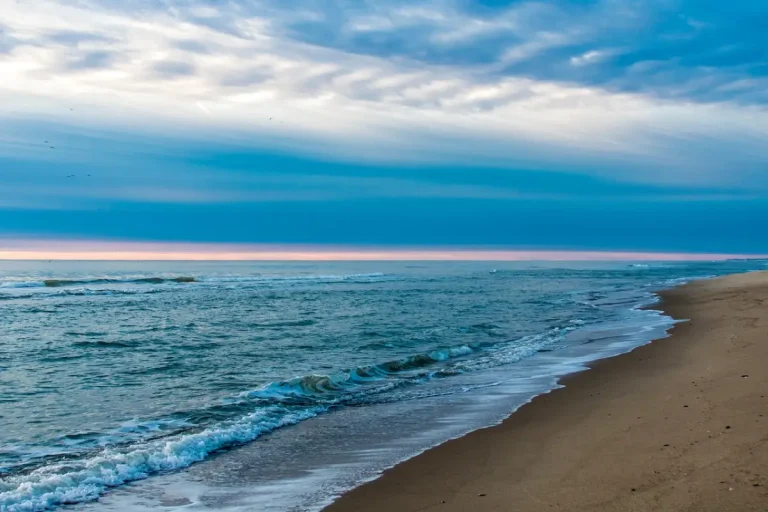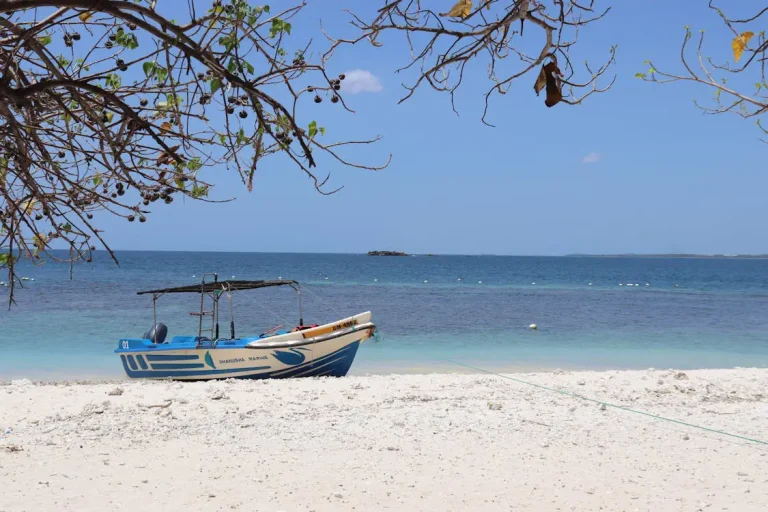Exploring the Cultural Triangle of Sri Lanka
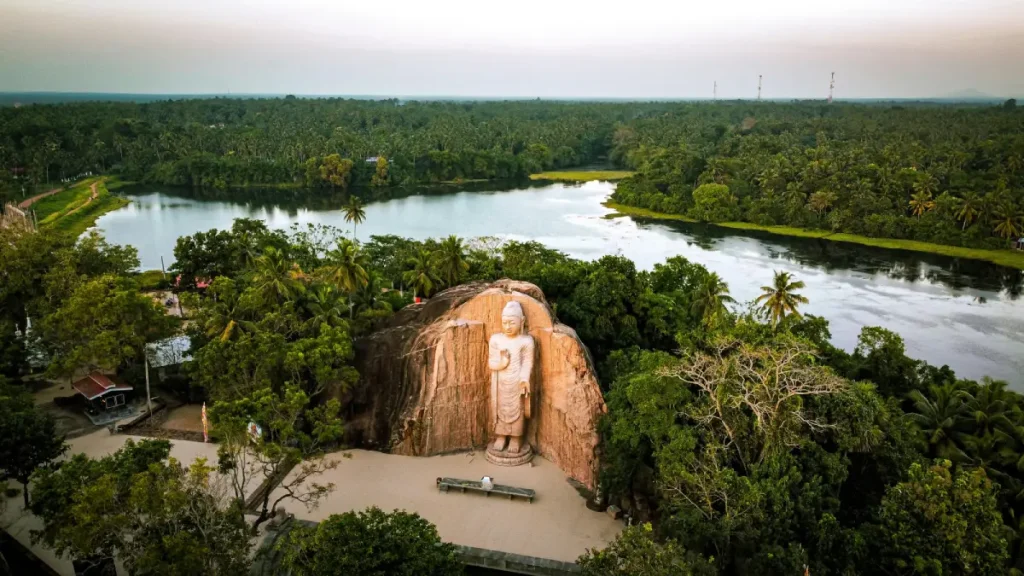
Sri Lanka, an island rich in history, culture, and breathtaking landscapes, is a treasure trove for travelers seeking to immerse themselves in ancient civilizations and traditions. The Cultural Triangle of Sri Lanka is a must-visit for history buffs and adventure seekers alike. This triangle, marked by the cities of Anuradhapura, Polonnaruwa, and Kandy, offers a glimpse into the island’s glorious past. In this blog post, we’ll explore the wonders of Sri Lanka’s Cultural Triangle, its historical significance, and tips to make your journey memorable.
What is the Cultural Triangle of Sri Lanka?
The Cultural Triangle refers to a geographic region in the central part of Sri Lanka, encompassing Anuradhapura, Polonnaruwa, and Kandy. These cities, along with other notable sites like Sigiriya, Dambulla, and Mihintale, form the epicenter of the island’s ancient history and cultural heritage. Declared as UNESCO World Heritage Sites, these locations are home to ancient temples, rock fortresses, and well-preserved ruins that date back thousands of years.
Anuradhapura: The Cradle of Sri Lankan Civilization
Historical Significance
Anuradhapura, the first capital of Sri Lanka, dates back to the 4th century BCE. It served as the political and religious hub for over a millennium. The city is renowned for its sacred Bodhi tree, believed to have grown from a sapling of the tree under which Buddha attained enlightenment.
Must-Visit Attractions
Sri Maha Bodhi Tree: This ancient tree is the heart of Anuradhapura and a site of pilgrimage for Buddhists worldwide.
Ruwanwelisaya Stupa: An impressive white stupa that stands as a testament to ancient engineering and devotion.
Jetavanaramaya Monastery: Once the tallest structure in the ancient world, this monastery is a marvel of brickwork.
Abhayagiri Monastery: A vast monastic complex known for its exquisite carvings and serene ambiance.
Travel Tips
Visit early in the morning to avoid crowds and the heat.
Hire a guide to understand the historical context and significance of each site.
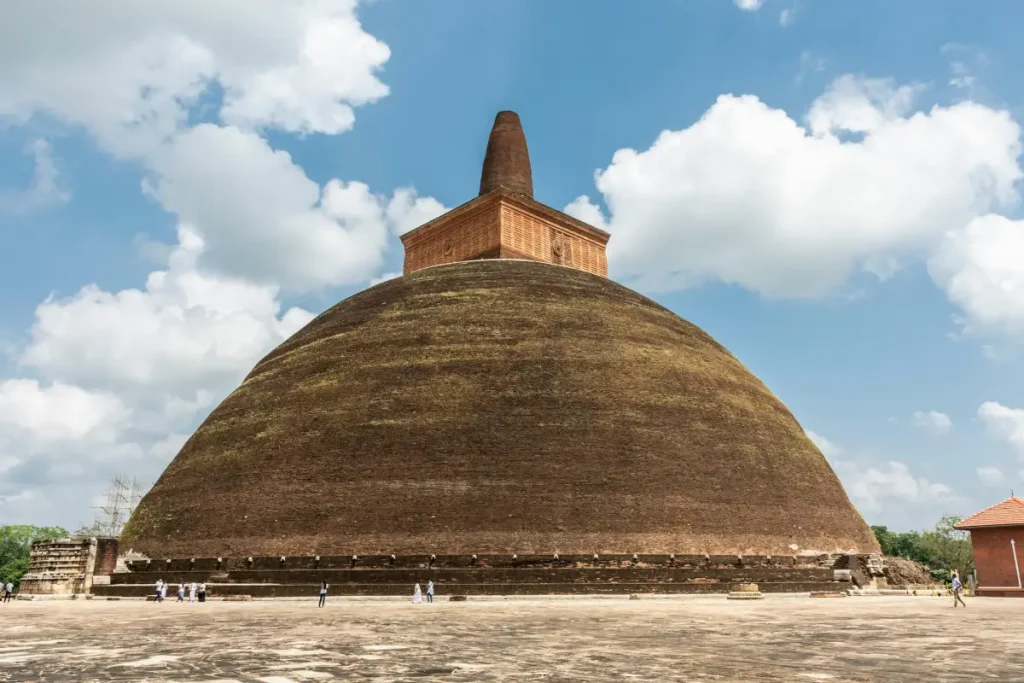
Polonnaruwa: The Medieval Marvel
Historical Significance
After the fall of Anuradhapura, Polonnaruwa became the capital in the 11th century. The city flourished under King Parakramabahu I, who transformed it into a sophisticated urban center with advanced irrigation systems.
Must-Visit Attractions
Gal Vihara: A rock temple featuring four massive Buddha statues carved into a single granite slab.
Parakrama Samudra: A man-made reservoir that demonstrates the advanced hydrological knowledge of ancient Sri Lankans.
Royal Palace of King Parakramabahu: Explore the ruins of the grand palace and council chamber.
Vatadage: A circular relic house adorned with intricate stone carvings.
Travel Tips
Rent a bicycle to explore the ruins at your own pace.
Carry water and sunscreen, as the area can get hot during the day.
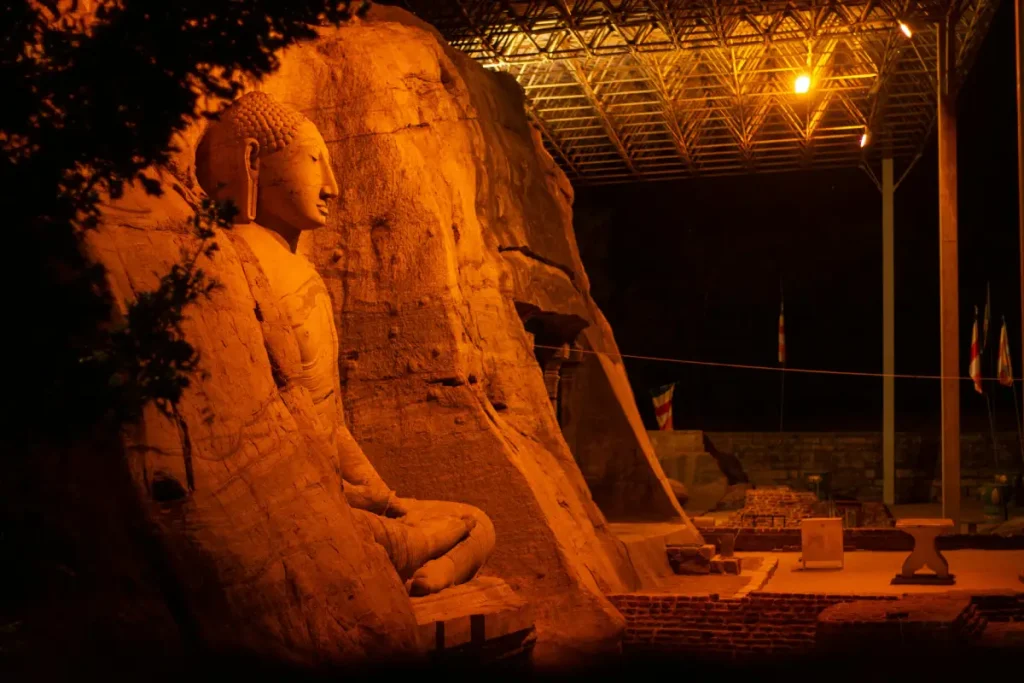
Sigiriya: The Iconic Rock Fortress
Historical Significance
Located between Anuradhapura and Polonnaruwa, Sigiriya is a stunning rock fortress that served as King Kashyapa’s palace in the 5th century. The site is famous for its unique architecture, colorful frescoes, and breathtaking views.
Must-Visit Attractions
Lion’s Rock: Climb to the summit for panoramic views of the surrounding countryside.
Mirror Wall: A polished wall with ancient graffiti written by visitors centuries ago.
Water Gardens: Symmetrically designed gardens that showcase the engineering skills of the era.
Frescoes of Sigiriya Maidens: Exquisite paintings of celestial maidens that adorn the rock face.
Travel Tips
Start your climb early in the morning to avoid the heat.
Wear comfortable shoes and bring a hat or cap.
Dambulla: The Golden Cave Temple
Historical Significance
The Dambulla Cave Temple, also known as the Golden Temple, is a complex of five caves adorned with intricate paintings and over 150 statues of Buddha. Dating back to the 1st century BCE, this site has been a place of worship for over 2,000 years.
Must-Visit Attractions
Cave 1 – Devaraja Viharaya: Home to a reclining Buddha statue.
Cave 2 – Maharaja Viharaya: The largest cave, featuring numerous Buddha statues and vivid murals.
Cave 3 – Maha Alut Viharaya: A newer cave with frescoes depicting scenes from Buddha’s life.
Travel Tips
Dress modestly to respect the sacred nature of the site.
Avoid touching the paintings and statues to preserve them for future generations.
Kandy: The Spiritual Capital
Historical Significance
Kandy, the last capital of the Sinhalese kings, is the cultural and spiritual heart of Sri Lanka. Nestled amidst lush hills, the city is home to the Temple of the Sacred Tooth Relic, one of the holiest Buddhist sites in the world.
Must-Visit Attractions
Temple of the Sacred Tooth Relic: Housing Buddha’s tooth, this temple is a focal point for Buddhist worship.
Kandy Lake: A picturesque spot perfect for a leisurely stroll.
Royal Botanical Gardens, Peradeniya: Renowned for its collection of orchids and tropical plants.
Cultural Dance Shows: Witness traditional Kandyan dance performances.
Travel Tips
Visit the Temple of the Tooth during the evening ceremony for a unique experience.
Book tickets in advance for cultural dance shows.
Mihintale: The Birthplace of Buddhism in Sri Lanka
Historical Significance
Mihintale, a sacred mountain near Anuradhapura, is believed to be the place where Buddhism was introduced to Sri Lanka by Mahinda Thero. The site features a collection of religious and historical monuments.
Must-Visit Attractions
Mihintale Rock: A challenging but rewarding climb with stunning views.
Ambasthala Dagoba: A small stupa marking the spot where Mahinda met King Devanampiyatissa.
Kantaka Cetiya: An ancient stupa with intricate carvings.
Travel Tips
Wear comfortable clothing suitable for climbing.
Visit during the early morning or late afternoon to avoid the midday sun.
Best Time to Visit the Cultural Triangle
The ideal time to explore the Cultural Triangle is during the dry season from May to September, when the weather is pleasant and ideal for sightseeing. Avoid the monsoon season, as heavy rains can hinder your travel plans.
How to Get Around
Private Tours: Many travel agencies offer guided tours, making it easy to visit multiple sites.
Public Transport: Buses and trains are budget-friendly options but may require careful planning.
Self-Drive: Renting a car or tuk-tuk gives you the freedom to explore at your own pace.
Where to Stay
Luxury Hotels: Opt for resorts in Sigiriya or Dambulla for premium comfort and proximity to major attractions.
Budget Options: Guesthouses and homestays offer affordable and authentic experiences.
Eco-Lodges: Ideal for nature lovers seeking a serene ambiance.
Cultural Etiquette
Dress Modestly: Cover your shoulders and knees when visiting religious sites.
Remove Shoes: Always take off your shoes before entering temples.
Respect Local Customs: Avoid public displays of affection and be mindful of local traditions.
Photography: Always ask permission before taking photos of people or religious objects.
Conclusion
Exploring the Cultural Triangle of Sri Lanka is a journey through time, offering a deep dive into the island’s rich history and spiritual heritage. From the ancient ruins of Anuradhapura and Polonnaruwa to the majestic Sigiriya Rock Fortress and the sacred city of Kandy, each destination tells a unique story. Whether you’re a history enthusiast, a culture seeker, or an adventure lover, the Cultural Triangle promises an unforgettable experience. So pack your bags, embrace the magic of Sri Lanka, and embark on a journey that will leave you enriched and inspired.
